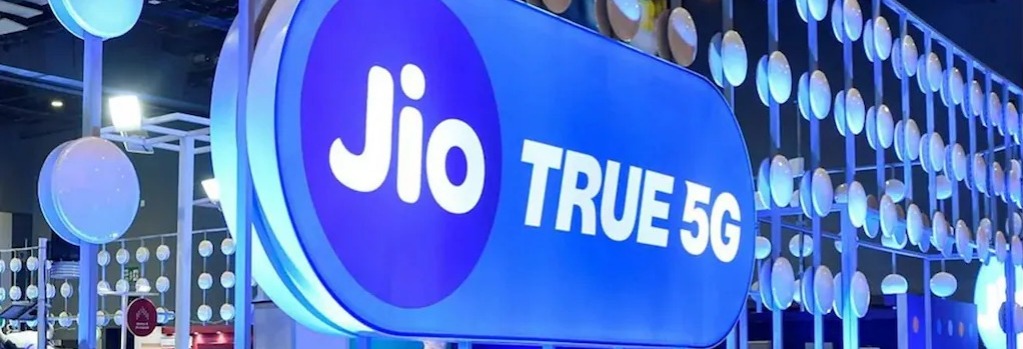Reliance Jio, India’s largest telecom operator, has once again raised concerns over the disparity in spectrum pricing between the telecommunications and satellite communication (satcom) sectors, calling for a level playing field. The issue of spectrum pricing for satcom has been a contentious topic for several years, with Jio and other industry stakeholders arguing that the current pricing structure puts satellite operators at a disadvantage compared to terrestrial telecom operators. In a renewed push for reform, Jio has called on the government to ensure that pricing for satellite spectrum is brought in line with the rates applicable to telecom services, creating a more equitable framework for both sectors. Jio’s appeal comes amid growing interest in satellite communication as a viable alternative to traditional ground-based networks, especially in rural and remote areas of India where terrestrial network infrastructure remains underdeveloped. The Indian government’s focus on improving connectivity in underserved regions has led to increased attention on satellite-based services, which promise to bridge the digital divide and offer reliable internet access where conventional mobile towers and fiber networks cannot reach. Spectrum, a finite resource, is essential for both telecom and satellite communication services. Telecom operators, including Jio, pay for the right to use certain bands of spectrum to provide mobile and broadband services. This spectrum is typically allocated through auctions, with prices set based on demand and the prevailing market conditions. However, satcom operators use a different set of frequency bands, and the pricing structure for these bands has often been a point of contention. Jio’s main argument is that the current pricing for satellite spectrum is much higher than the spectrum rates for terrestrial telecom services. For instance, satcom operators have to pay much steeper fees for spectrum licenses, which increases their operational costs and affects their competitiveness, especially when compared to telecom players who benefit from lower spectrum fees. Jio has long argued that satellite communication services, which are essential for reaching remote and rural areas, should not face such a significant pricing disadvantage. This disparity is particularly concerning in light of the increasing importance of satellite services in India’s digital transformation agenda. As the country aims to boost internet connectivity in rural areas, satellite-based services are seen as a critical component in ensuring broadband access in remote and hard-to-reach regions. However, the high cost of satellite spectrum makes it more difficult for satcom operators to scale their operations, potentially limiting the reach and impact of satellite internet services in these underserved regions. Reliance Jio, which has played a dominant role in India’s telecom market by offering affordable data services and disrupting the industry, has now turned its focus to the satellite communication space. The company believes that satellite-based internet services could play a crucial role in expanding broadband access, especially in rural areas where conventional telecom infrastructure is lacking. In its latest appeal to the Indian government and the Telecom Regulatory Authority of India (TRAI), Jio has called for the implementation of a more balanced and fair spectrum pricing model that offers parity between the telecom and satcom sectors. The company argues that the pricing of satellite spectrum should not be based on the same high-cost structure as terrestrial telecom spectrum, particularly since satellite services provide a unique and indispensable solution to bridge connectivity gaps in remote locations. Jio has proposed that the government adopt a pricing framework that reflects the specific challenges and benefits of satellite communications, rather than treating it in the same manner as ground-based telecom services.
The post Jio again presses for parity in satcom spectrum pricing first appeared on InfluencersPro.


